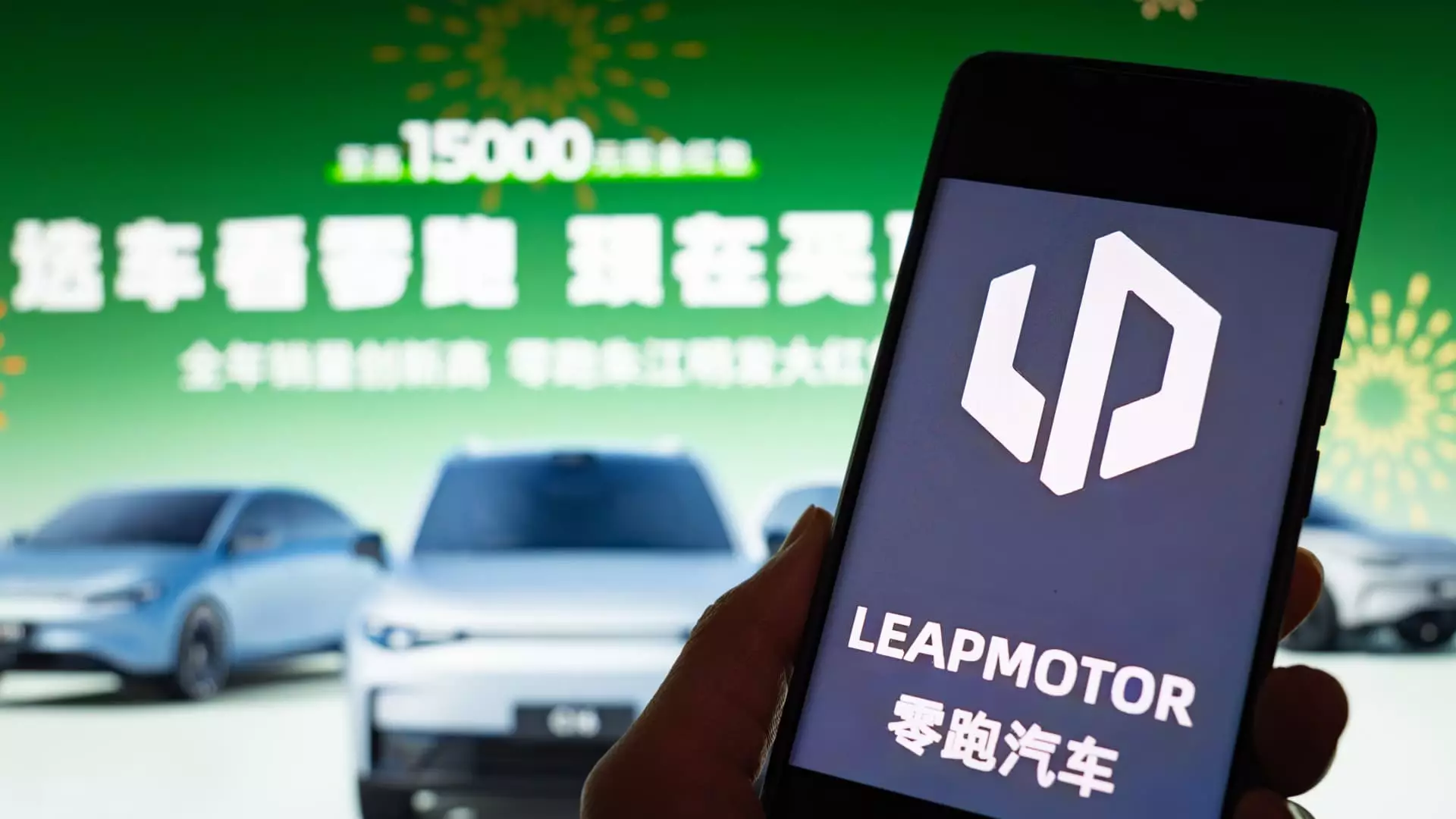The Chinese electric vehicle (EV) market is currently experiencing a seismic shift, as established players and new entrants alike scramble to establish dominance amidst a fierce price war. The recent delivery statistics from heavy-hitters Leapmotor and Aito demonstrate this volatile dynamic. Leapmotor, partially backed by automotive giant Stellantis, reported an astounding 45,067 units delivered in May, showcasing a jaw-dropping 148% increase compared to the same month last year. Meanwhile, Aito, with its ties to tech titan Huawei, announced the achievement of 44,454 vehicle deliveries, emphasizing the mounting pressure for other startups to catch up. This booming segment of the automotive industry is not just enticing consumers but is also stirring investor sentiments, presenting a complex tapestry of competition intra and inter-company.
The Consumer Climate: A Price War Unfolds
At the heart of this competition lies an intensifying price war that has left many startups scrambling for survival. Notably, BYD, a veritable goliath among Chinese EV manufacturers, has rather aggressively reduced prices across its range, with models like the Seagull hatchback seeing a dramatic 20% cut, now starting at just 55,800 yuan ($7,700). Such maneuvers raise eyebrows, as they spark fears that smaller, less financially resilient manufacturers may find it challenging to stay afloat in this cutthroat environment. The resulting ripple effects can be felt as public confidence in the market wavers, echoing concerns reminiscent of the Evergrande crisis when the real estate giant defaulted on debts in 2021.
The recent developments signal that traditional manufacturers are unapologetically employing aggressive pricing strategies to maintain or enhance their market position, forcing new entrants to rethink their pricing and marketing tactics. This aggressive competition translates into significant consumer benefits, pushing the affordability of electric vehicles forward, but raises serious questions about long-term sustainability within the industry.
Shifts in Strategy and New Innovations
On the flipside of this competitive frenzy, companies like Xpeng and Xiaomi highlight another key aspect of the evolving landscape: innovation. Recently, Xpeng’s May deliveries recorded a decline; however, the company still managed a staggering year-on-year increase of 230%, proving its adaptability. It will be worth observing how the launch of new models such as the Mona M03 Max can further bolster their position in the market. Xiaomi, which delivered over 28,000 vehicles, appears to be aligned with a strategy of building anticipation for future releases, with hints teasing an upcoming luxury SUV model that may well enhance their market share.
Additionally, the delivery figures from Li Auto and Zeekr indicate that while some players are enjoying robust growth, others are merely treading water. For instance, while Li Auto’s modest growth rate of 16.7% seems respectable, it pales in comparison to the rocket-like ascent of Leapmotor and Aito. Meanwhile, Zeekr’s growth of a mere 1.6%, even after efforts to offer free driver-assistance tech, signals that differentiation in the EV market is more crucial than ever.
Global Expansion: New Horizons for Chinese Automakers
As the competition heats up domestically, leading Chinese EV brands are setting their sights beyond national borders. The U.S. and European Union’s tariff barriers on Chinese vehicles present a notable obstacle, prompting automakers to pivot towards emerging markets. The recent foray of BYD into Benin illustrates this strategic shift, as companies seek fertile grounds for expansion amidst escalating competition back home. Such moves may cultivate new business opportunities but also illustrate a recognition of the challenges stemming from perceived geopolitical tensions.
The potential for future growth in markets like Africa indicates an evolving understanding of the global landscape by Chinese manufacturers, transforming barriers into opportunities. This adaptability could be key for long-term survival and success in a rapidly changing industry.
Future Implications and Ongoing Adaptability
Ultimately, the vibrancy of the Chinese EV market hinges on both competition and innovation. As startups innovate to maintain relevance against giants like BYD and Leapmotor, the impact of market dynamics could lead to drastic changes in consumer preferences, pricing structures, and even corporate strategies. The looming question remains: will this volatility stabilize as players find their footing, or are we in the early stages of a more profound evolution of the automotive landscape that will redefine traditional practices? The stakes are high, and the race is on.

